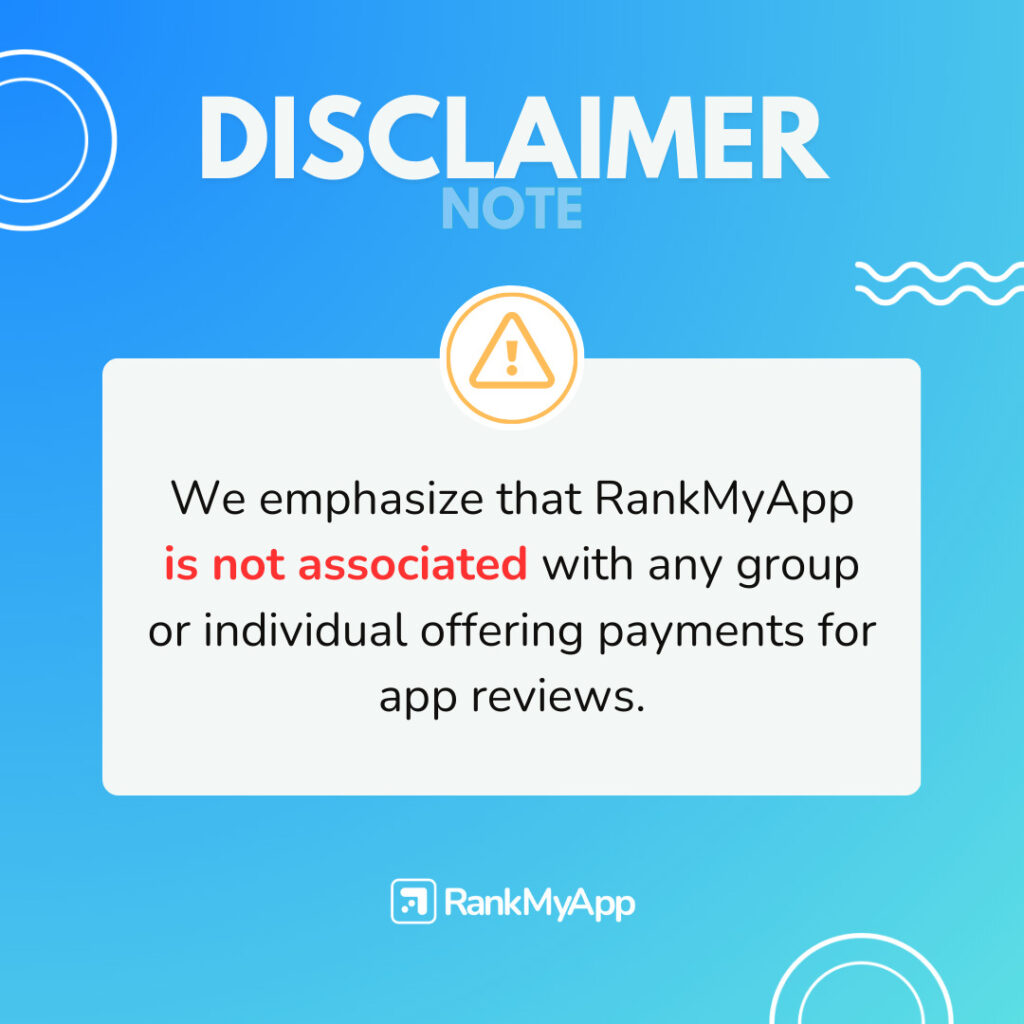Android O. This is the new mobile operating system outlined by Google. Maybe this will not be its final name, nonetheless, this is its designation until the official release happens at the end of 2017.
It was also one of the biggest news of Google I/O 2017, Google’s official conference, where the company introduces its new products and breakthroughs.
This O Version is Android’s number eight. Despite having unveiled some of its updates during the event’s sneak preview for developers in March, Google didn’t spare any efforts to impress the audience (and the world).
Since Google is Google, it’s extremely important to be acquainted with the technologies that the company is about to invest in the coming years. And taking into account that we are always looking for the most recent news about the mobile world, we couldn’t miss the opportunity to blog about this. Check the main news of Android O!
Everything about Android O: the newest version of the operating system
Despite being unstable, Android O Beta is already available for download. If you really want to test it, the recommendation is to not have it installed on your number one device. Keep this mind: It’s just a pre-release and some bugs and volatility may take place.
Those who are part of the mobile realm are aware that most of the Android updates have just some adjustments to enhance its overall performance. In this brand new version, one of the easiest ways to check these changes is found in the configuration of the app (which underwent a total overhaul).
Android’s newest version has fewer options regarded as high-level (which enhance navigability), however the interfaces were adjusted to improve some key points, such as battery consumption.
These were honest attempts by Google to decrease the sort of criticism that points out how unintuitive Android is, being also considered harder to navigate than other operating systems.
A new array of changes for Android O has been announced at Google i/o
The inclusion of the picture-in-picture mode (PIP)
One of the key updates of Android O was the inclusion of the picture-in-picture mode (PIP), which allows the user to watch a video in the corner of the screen, while another video is being played simultaneously.
Now, those who have the updated version of the system, can write an e-mail and check some content on YouTube in the corner of the screen at the same time, for instance.
This functionality already exists in some Samsung devices (such as the most recent versions of Galaxy), with the key difference being the fact that users can now change the size of the screen – as they would do on a common desktop.
Notification channels
Now it’s easier to sort notifications of any given type. Do you know those messages that pop every single minute about what’s going on with your Gmail account?
With the new functionality of notification channels, you can group those to receive them all at once. Or you can change the settings in order to only get notifications about subjects of your interest.
Limiting background processes
Simply put, this update limits the number of apps that can run in the background, in order to save the device’s battery life.
Google had already adjusted some of those limits in Android N, however the company took one step further, extending the battery life of Android-powered smartphones. The idea is to make the phone who run Google’s operating system agiler and easier to customize.
Other interesting updates include
Adaptive icons (the operating system will be more consistent in devices), WiFi Aware (this allows file transfers without an internet connection) and Autofills APIs (with these, one can quickly type information such as addresses and phone numbers).
Android O: The safest and more accessible
Furthermore, Google has also announced the Google Play Protect, a service available in every Android O device right out of the factory. This is a program that scans the device on a regular basis, as well as installed apps, protecting the device from malware, for instance.
One of the plans outlined by Google is to make Android O capable of running in low-end devices. In other words, the company will cut some of the processes that demand the most from processors, such as animations, for example.
The goal is to literally reach millions of users. It’s not by luck that the project was named Building For Billions.
To sum things up, the latest news was Google Assistant, basically the competitor for Siri (quite familiar to those who use the iOS). The app can be downloaded for free and will get several improvements.
Google i/o 2017 has brought several news, particularly in terms of artificial intelligence. Besides Android O, the event addressed the breakthroughs and introduced the technologies RankBrain, TensorFlow and the Google Lens.
Even with some saying that the event was quite silent, particularly when compared to last year’s, when Android N was presented, Google has undoubtedly filled the purpose of pointing out some of the main trends that the company believes to be the future.
And these were the news of Google i/o 2017. What is your take on the updates? Share your opinion with us! And we, at RankMyApp, are also fulfilling our role to share them with you!




